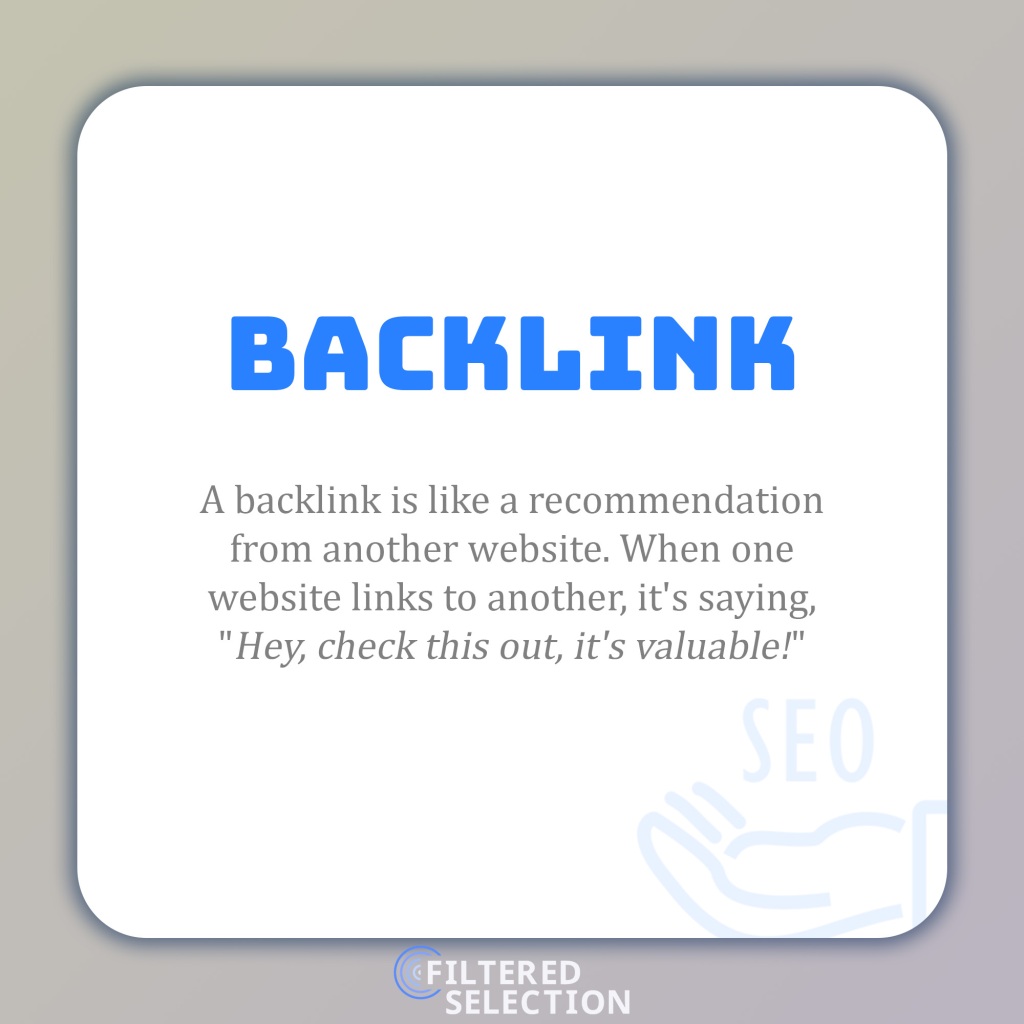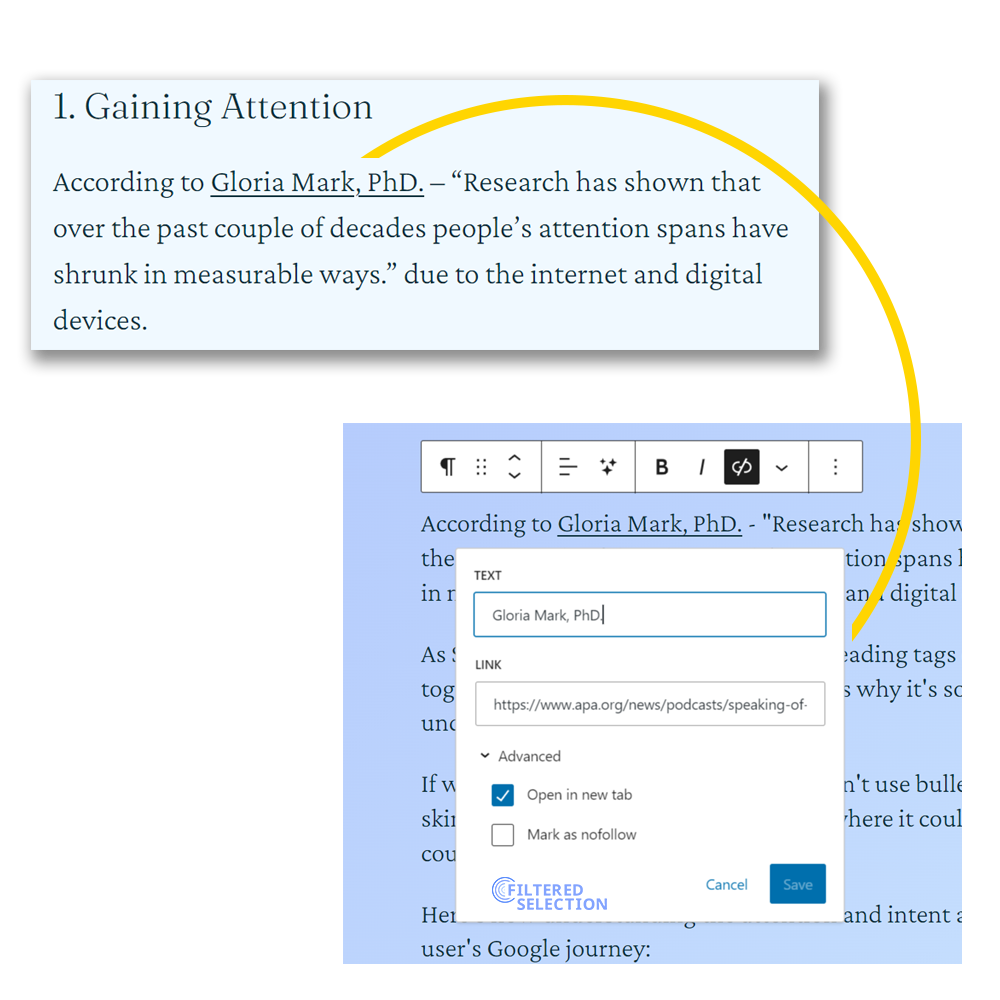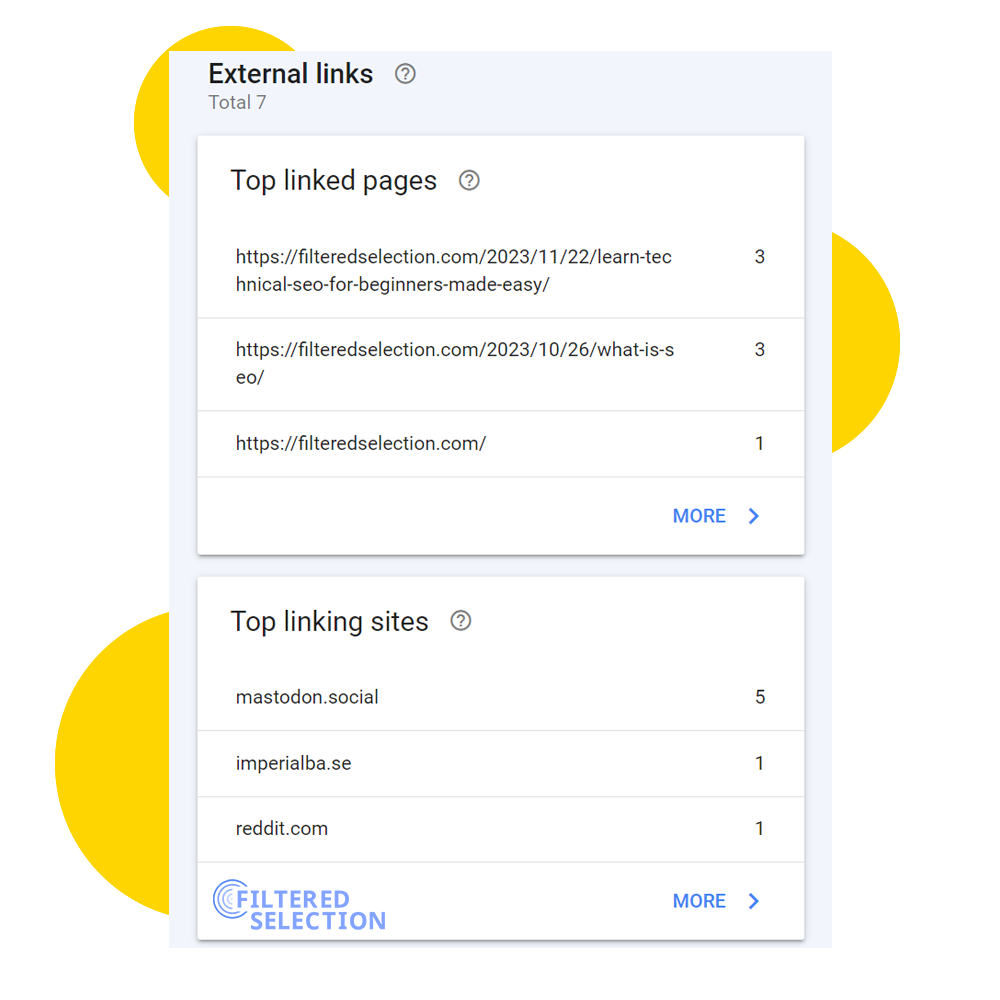
What are Backlinks?
Backlinks are when another website links back to your website.
This action tells their users and search engines that they believe you’re a trusted source. Search engines like Google use backlinks as a key indicator of a website’s authority and trustworthiness.
In simpler terms, the more high-quality backlinks you have, the more likely your website is to rank higher in search results for relevant keywords.
How Backlinks Pass Authority

Backlinks can pass, or not pass, authority with two html codes: dofollow and nofollow.
Dofollow: When a website includes a dofollow link to yours, it signals to search engines that your content is valuable and relevant, directly contributing to your SEO potential.
Nofollow: While nofollow links don’t pass “link juice” (SEO value) to your website, they still hold value. But, the indirect benefit of nofollow links is that they help can drive traffic to your website, especially if they come from high-traffic sources.
Backlink Examples
To gain a better idea on what we are talking about, here are some common examples of backlinks that you have probably run into before!
1. High-Authority Backlinks
High-authority backlinks are essentially inbound links to your website from trusted and well-respected websites with high domain authority (DA) scores.
These links signal to search engines that your website is valuable, relevant, and credible, potentially boosting your search engine ranking potential.
Example: A health website publishes an article on managing stress, mentioning your meditation app as a helpful tool and linking to your app’s website. This is a natural link within relevant content from a high-authority site, benefiting your SEO and potentially driving qualified traffic.
2. Product Review
Product review backlinks are specifically links to your website or product pages that appear within published product reviews.
Users reading the review are already interested in similar products, driving targeted traffic to your website and potentially increasing conversion rates.
Example: A reputable tech reviewer publishes a positive review of your new gadget, linking to your product page for purchase. This attracts potential customers through a trusted source, potentially resulting in sales and a valuable backlink.
3. Guest Post
Gust post linking is a common SEO strategy to build backlinks. It when you publish content on a popular, high-authority website leaving a link back to your website.
Example: You write a guest post on a popular food blog about your baking expertise, including a link to your recipe page. This expands your reach, establishes you as an expert, and gains a valuable backlink from a relevant website.
SEO Benefits of Backlinks for Your Site

There a great benefits when it comes to SEO and having a healthy backlink profile. Let’s look at the top 4 reasons how good backlinks can help you rank:
- Authority and Trust: Backlinks from high-quality websites tell search engines your website is trustworthy and relevant. This increases your ranking potential.
- Referral Traffic: Users clicking on backlinks from other websites bring valuable traffic to your site.
- Indexing and Crawling: Backlinks help search engines discover and index your website efficiently.
- Diversity: Having backlinks from various websites (not just one website) shows a natural link profile.
Harmful Backlinks to Avoid
Do harmful backlinks exist? Yes, they do and they can penalize your website.
For the best SEO outcome, avoid these:
- Link from a spammy website: Websites with unrelated content, excessive ads, or poor reputation can harm your SEO. Think link farms or comment spam.
- Paid links: Buying backlinks directly violates Google’s guidelines and can lead to penalties.
- Low-quality directories: Submitting your website to irrelevant directories provides little value and may appear suspicious.
- Broken links: Broken links both annoy users and signal neglect to search engines.
While building a healthy backlink profile is crucial for SEO, sometimes you might encounter harmful backlinks that can actually penalize your website.
Luckily, Google Search Console and Ahrefs both provide a tool to help you disavow links to help you address these negative links. And, Artem GSS has a great YouTube tutorial on how!
Resources for Backlinks
Looking for helpful information on backlinks? These guides, tools, and resources will help you learn everything there is about backlinks in SEO.
We hope you are able to find this guide for beginners useful! For any questions be sure to reach out or leave a comment below.
Happy Optimizing 🙂
